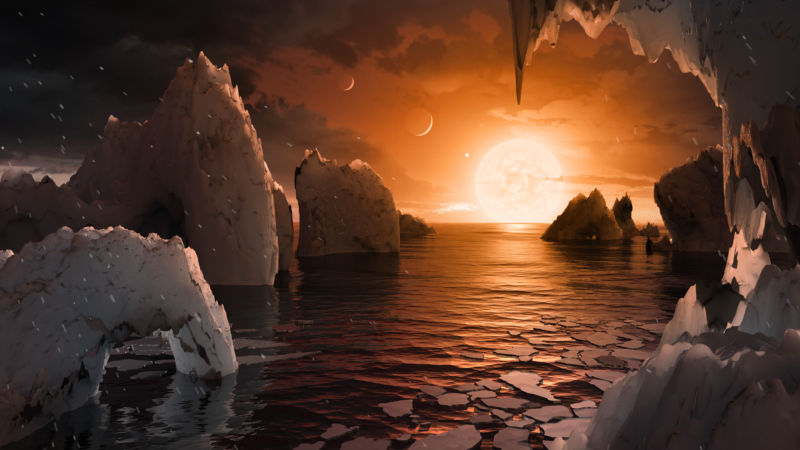Sand worms and lightning: Aven Colony takes city-building to exoplanets
Ars Technica 2017-06-22

Enlarge (credit: NASA/Getty Images)
Humans have consumed our world’s resources as if they were infinite. Earth remains, however, a finite planet. Without significant structural and behavioural change—the sort that is difficult to effect en masse— the long-term consequences of our self-sabotaging choices appear grave. In a forthcoming BBC documentary titled Expedition New Earth the English physicist Stephen Hawking estimates that we may have only 100 years to colonise a new planet in order to escape our species' extinction.
It's a daunting challenge. Aside from the mechanical issue of a planetary emigration, there's the issue of where the hell do we go? The moon is an uninhabitable orb of rock where, at night, temperatures can drop below minus 200 degrees Celsius, low enough to freeze-weld steel. Mars isn't much more appealing. Its air is unbreathable. Its soil is toxic.
For centuries astronomers suspected that there may other planets beyond the eight found in our own solar system that, just maybe, could sustain human life. It wasn't until 1992 that there was a confirmed discovery of a so-called exoplanet, which was found using high-power telescopes and spectrometer technology. More than 3,600 exoplanets have been discovered since. In recent years computer algorithms have been able to sift through much of the huge amount of data collected by various exoplanet-hunting satellites and telescopes, leading to, most recently, the discovery of three potentially life-sustaining planets in the relatively close TRAPPIST-1 system.